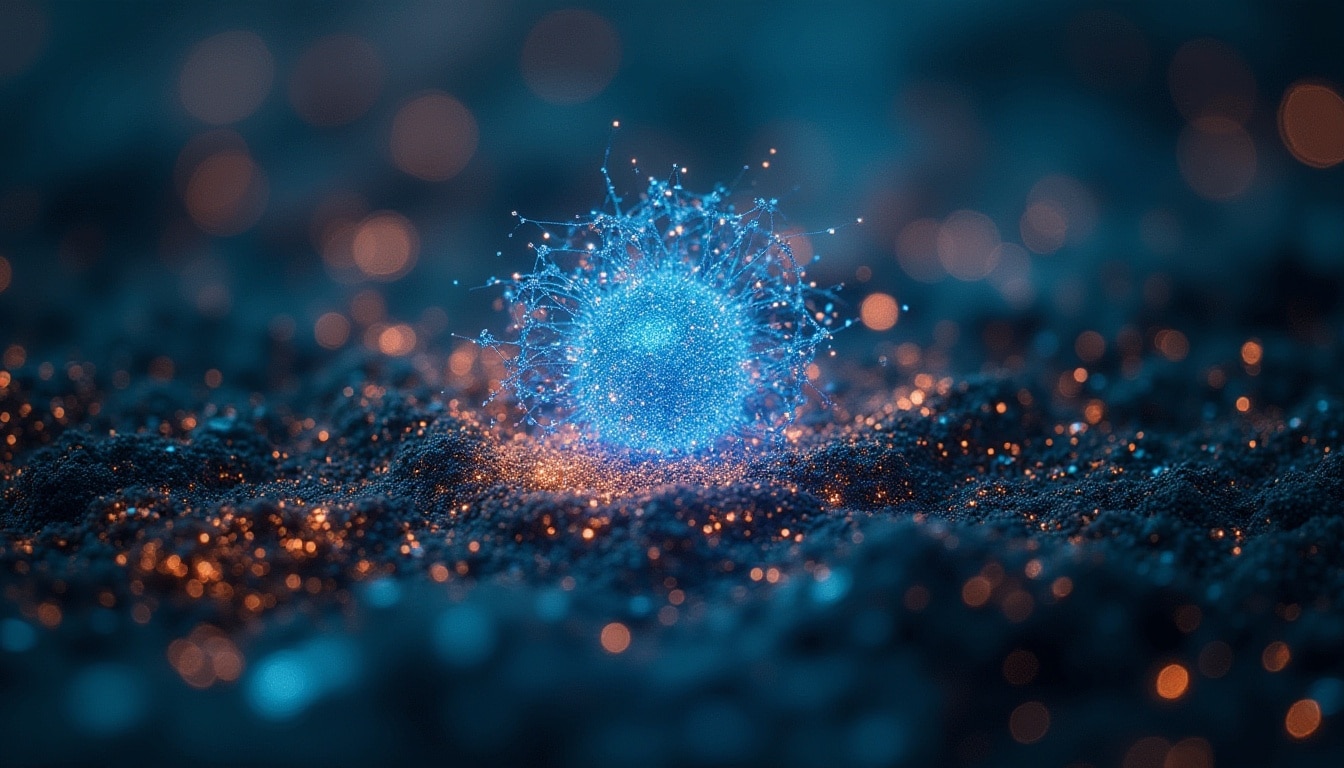These days, it’s easy to come across AI assistants that seem to know everything. But not all of them work the same way. Do you know the difference between a GPT assistant and one that uses RAG technology? Here’s a clear and simple explanation.
Imagine you have two types of digital helpers:
- One that has a huge memory but can’t look up anything new since it completed its training.
- And another that, instead of trying to remember everything, searches for the most updated information every time you ask a question.
This essentially sums up the difference between GPT and RAG, two AI technologies that are changing the way we search for information, resolve doubts, and work in our daily lives.
GPT: The wise one who knows almost everything… up to a point
An assistant based on GPT (Generative Pre-trained Transformer) is like that friend who has read thousands of books and articles before a specific date, speaking fluently, creatively, and confidently. But it has a limitation: it can’t learn new things on its own.
When you use tools like ChatGPT or similar, you’re chatting with a model trained on a vast amount of information… but it doesn’t have real-time access to the internet or external databases, unless someone provides them.
So, if you ask it what happened yesterday in your city, it’s likely not to know the answer unless someone has updated it or connected it to an external source.
That said, for writing texts, explaining general concepts, helping with ideas, or maintaining a flowing conversation, it’s brilliant.
RAG: The expert seeker who checks before speaking
On the other hand, the technology RAG (Retrieval-Augmented Generation) acts like a digital detective. It doesn’t try to remember everything; rather, it looks for the answer in the moment.
How does it do this? Quite simply: when you ask it a question, it first goes to its documents, databases, or connected sources, retrieves the most relevant information, and generates a specific and updated answer based on that.
This makes it an ideal option when you need to know exactly what a contract, a law, a company policy, or the technical documentation of a product states.
In summary: while GPT relies on its memory, RAG prefers to verify before responding.
Which one should you use?
It all depends on what you need it for. Here are some examples:
| If you need… | Use GPT | Use RAG |
|---|---|---|
| Creative ideas | ✅ | — |
| Writing an email or summary | ✅ | — |
| Knowing exactly what a law or regulation says | — | ✅ |
| Consulting a company database | — | ✅ |
| Having an informal conversation | ✅ | — |
| Updated information from a document or website | — | ✅ |
What if you combine both?
The best part is that these technologies can coexist and complement each other. For example, you can use a GPT assistant for a general overview and then switch to a RAG if you need document precision or real-time data.
More and more companies and professionals are combining both systems to get the best of both worlds: the speed of GPT and the reliability of RAG.
Conclusion: Context is everything
There isn’t a perfect AI for everything. Knowing which one to use at any given moment is what makes the difference. GPT is ideal for helping you think, write, or converse. RAG is perfect for technical queries, specific documents, or information that needs to be current and well-founded.
Just like in real life, it’s not always the one who speaks the most who is the best, but the one who knows how to search before responding.
Source: AI News

